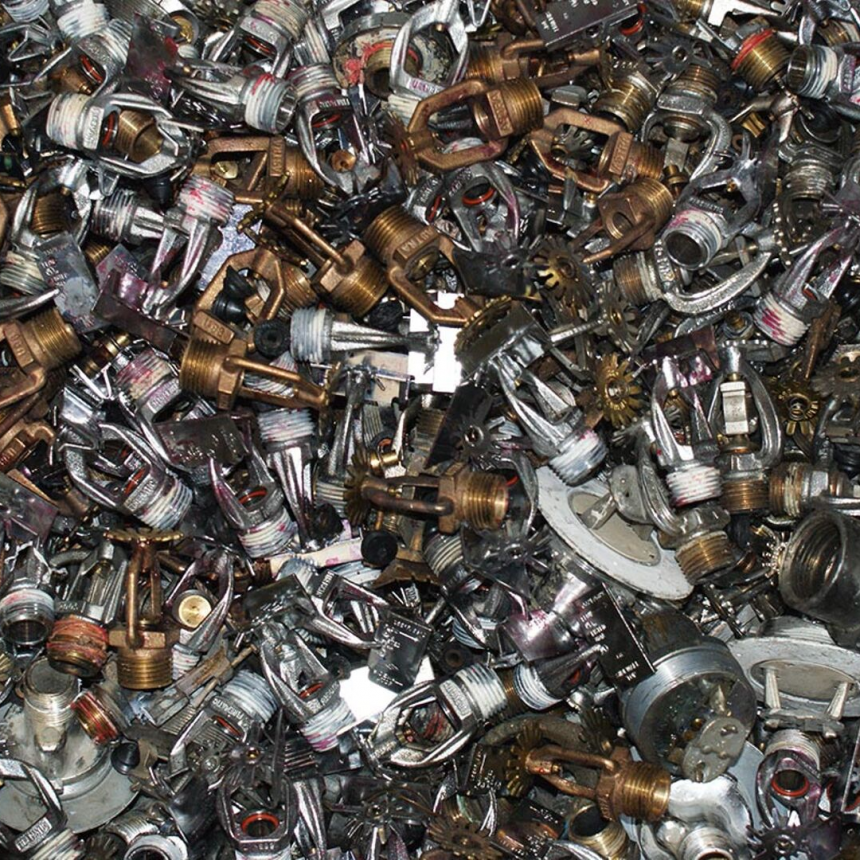Being established as the fifth most common element found on earth is no small feat, yet it is an accolade given to nickel.
Having previously discussed how nickel recycling can pay dividends in establishing infrastructures centered on environmental sustainability, let us now turn our attention towards the utilitarian facets of its role throughout society.
Where Is Nickel Sourced From?
The procuration of nickel originates from two ore types:
· Sulfide ores – a common sighting several kilometers below the earth’s surface, these ores form as a result of nickel-containing minerals that have iteratively solidified over prolonged periods.
· Laterite ores – can be discovered at the surface of tropical areas and come about from prolonged rock-weathering.
These two ores, as evidenced above, are dissimilar enough with regards to their chemistry, properties, and origin that they both require individual operations for their mining and treatment. Proceeding this, the ores are then smelted and refined into nickel metal.
How Much Nickel Enters Fabrication?
Refining the stages involved throughout nickel production has resulted in a significant increase of the use of nickel in fabrication; with ~200Gg of nickel being used for fabrication in the 1960s compared to the >1400Gg in use in the 21st century (Reck et al., 2008).
When looking at how nickel is to be incorporated in a final product, we have to delve into its fabrication process. In order for fabrication to occur, manufacturers have an inflow of intermediate nickel products to, in turn, be used in their final assembly. Nickel and its first usages within fabrication can fall into any of the six categories:
· Stainless steels
· Alloy steels
· Nickel-rich alloys
· Nickel plating
· Foundry
· Other (e.g. chemicals, batteries, and catalysts)
Data gathered by Reck et al. (2008) surrounding the inflow and outflow of this activity estimate that Canada accounts for 22Gg of nickel entering fabrication, 10% of which becomes scrap.
The Story Doesn’t End at Scrap…
Try and source a nickel recycling facility, such as Alnor Industries, that has the capabilities in place to handle your ferrous and non-ferrous materials in return for payment, based on global prices. Schedule a pick up for nickel recycling with us, we’ll ensure you get the best value on the market!
REFERENCES
Reck, B. K. et al. (2008) ‘Anthropogenic nickel cycle: Insights into use, trade, and recycling’, Environmental Science and Technology, 42(9), pp. 3394–3400. doi: 10.1021/es072108l.



